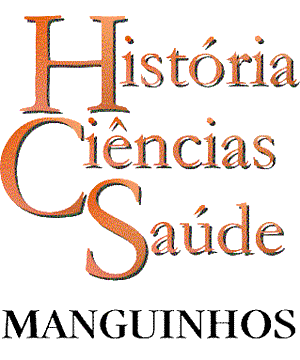Resumo em Português:
Em 1938, o médico português Fernando Bissaya Barreto promoveu a construção de um 'internato de leprosos' no centro de Portugal, afastado dos grandes centros populacionais, mas de fácil acesso a todo o país. Inaugurado em 1947, o Hospital-Colônia Rovisco Pais segue o modelo de um hospital-asilo-colônia, sendo simetricamente segmentado por pavilhões iguais em número e características para os dois sexos. Seguindo uma lógica disciplinar e não de exclusão, o plano urbanístico, o desenho dos edifícios e o próprio mobiliário e decoração são configurados, sob a influência direta de Bissaya Barreto, como instrumentos de intervenção sobre o corpo físico e moral dos doentes de Hansen, mas também, e em outra escala, de controle e modificação da sociedade portuguesa no seu conjunto.
Resumo em Inglês:
In 1938, Portuguese physician Fernando Bissaya Barreto spearheaded the creation of a 'nursing home for lepers' in the center of Portugal, away from big towns and cities, but still accessible from any part of the country. Opened in 1947, Hospital-Colônia Rovisco Pais followed the model of a colony/hospital/hospice, and was divided symmetrically into buildings of equal features and numbers for both sexes. According to a disciplinary, non-exclusionary rationale, the urban design, building design and furniture and fittings were conceived, under the direct influence of Bissaya Barreto, as instruments for intervention in the physical and moral bodies of the patients, and also, on a different scale, for the control and modification of Portuguese society as a whole.
